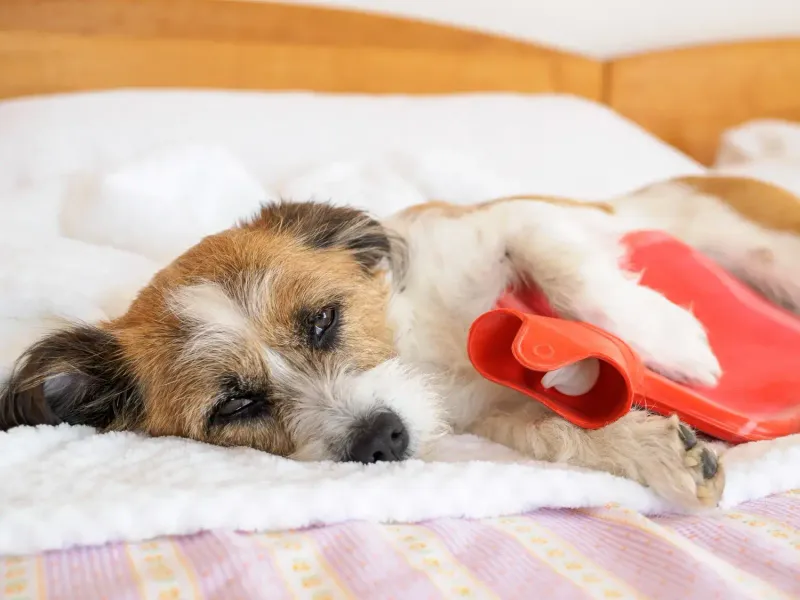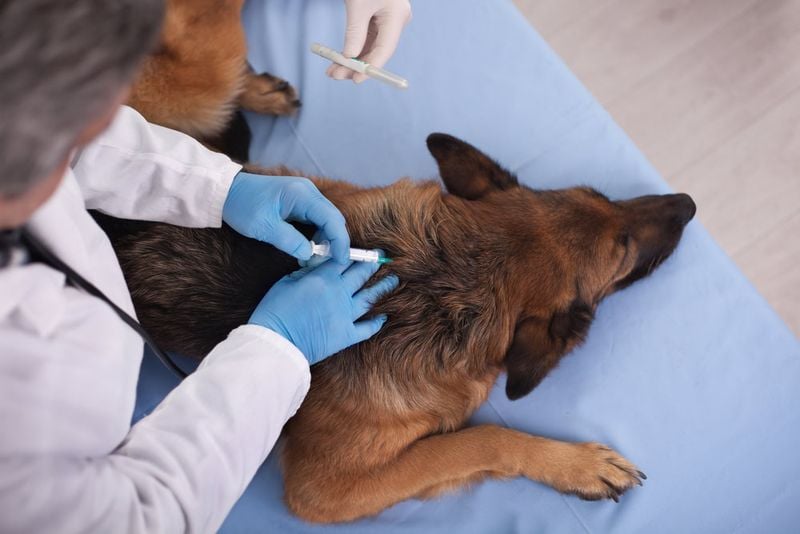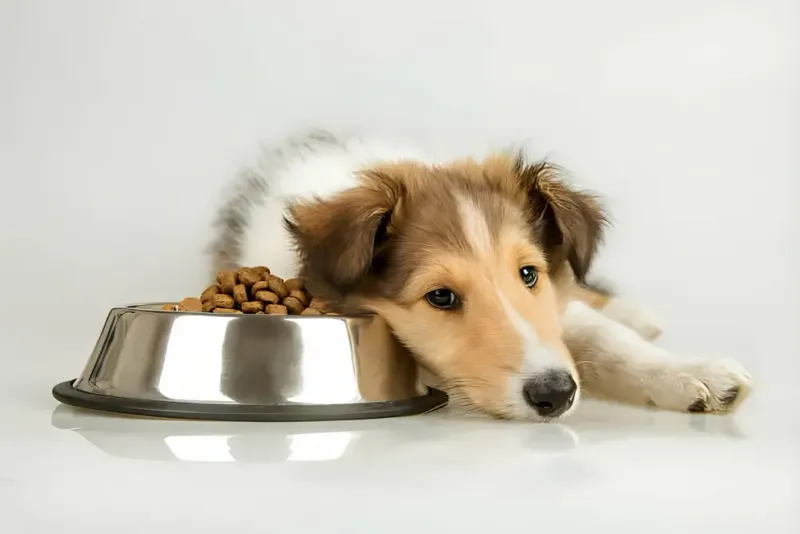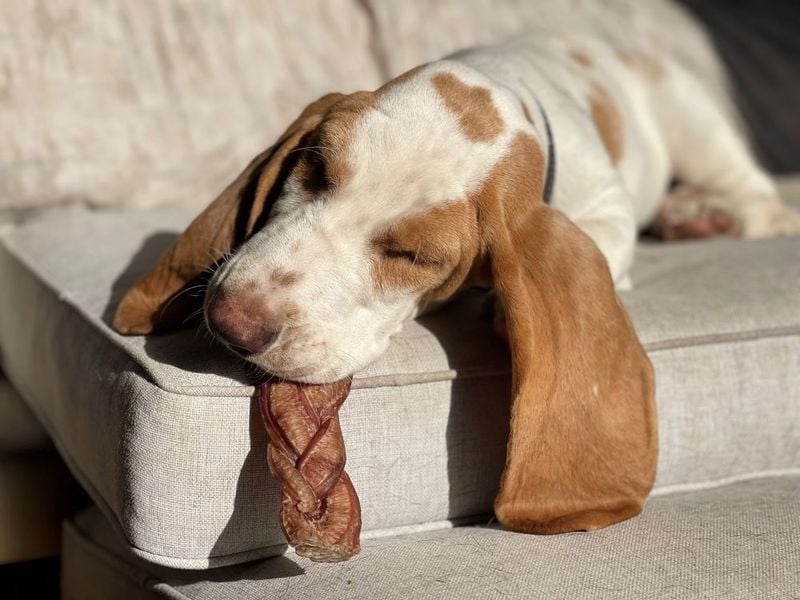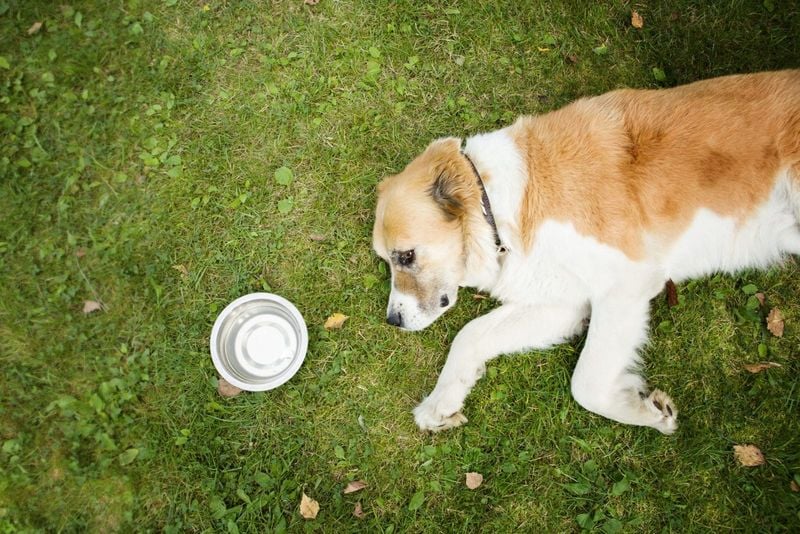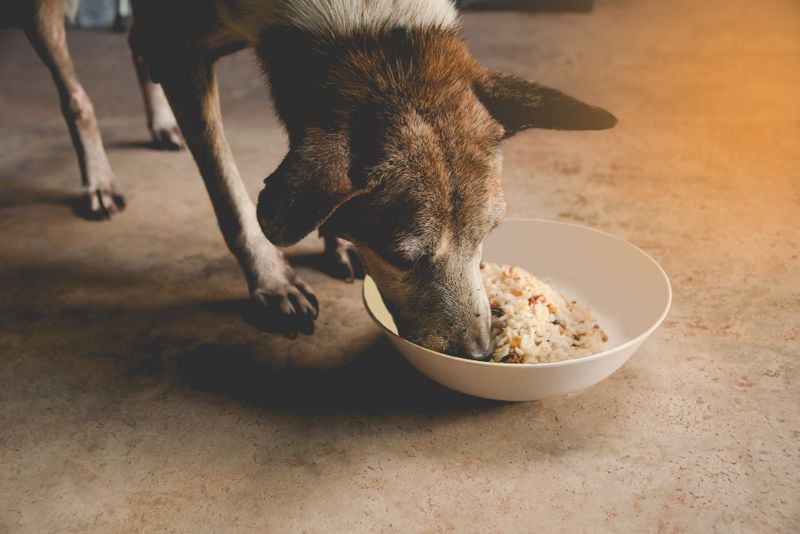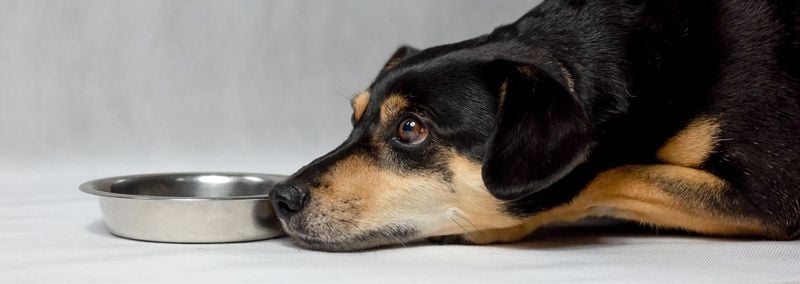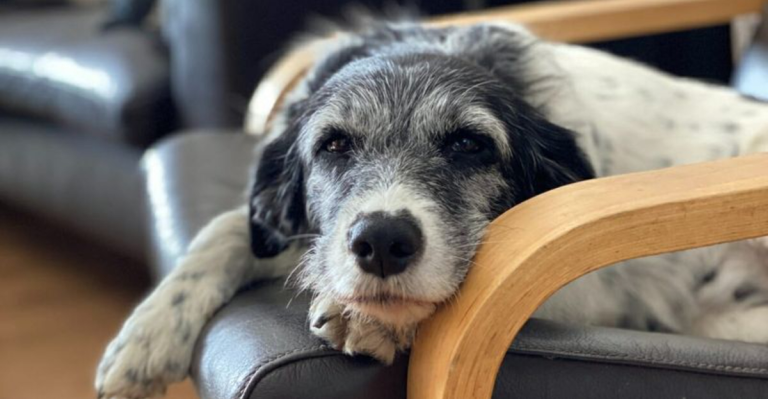What To Do When Your Dog Won’t Eat: 10 Possible Reasons and How to Help
Your dog skipping a meal might not seem like a big deal—until it turns into two or three. You refill the bowl, rattle the kibble bag, maybe even try coaxing with a treat, but still—nothing.
And if your pup is usually a chowhound? That sudden loss of appetite can be downright alarming. It’s one of those moments every dog owner dreads: the “why isn’t my dog eating?” panic spiral.
Your brain races through a million possibilities, from the innocent to the dramatic. Are they sick? Just being picky? Or is there something seriously wrong?
The truth is, there are plenty of reasons your furry best friend might turn up their nose at dinner.
Some are minor and will resolve with time or a few simple tweaks. Others could signal a deeper health issue that requires a vet’s expertise—and fast.
Understanding the cause is key to knowing whether to wait it out, whip up a home-cooked meal, or make that vet appointment. But in the heat of worry, it’s easy to jump to conclusions.
That’s why we’ve rounded up the 10 most common reasons dogs stop eating—along with smart, effective solutions for each one.
Whether your pup’s just being moody or dealing with something more serious, this guide can help you decode their behavior. And more importantly, get them back to munching happily again.
Because no one likes an empty food bowl—especially not your four-legged friend.
1. Dental Pain or Oral Issues
Have you ever noticed that a toothache can ruin your entire day? Dogs aren’t much different.
When your pup suddenly turns away from dinner, dental pain might be the culprit. You might notice other signs like drooling or bad breath that could hint at oral issues.
Take a closer look. If you see swelling or your dog seems hesitant to chew, it’s time for a vet visit. They might suggest a dental cleaning or even the extraction of a pesky tooth.
Addressing dental problems promptly can bring your dog back to their usual, enthusiastic self at mealtime. So, keep an eye out for those tell-tale signs of discomfort in your furry friend.
2. Upset Stomach or Digestive Issues
Imagine feeling nauseous and being offered a feast. It doesn’t sound appealing, does it? Dogs can experience similar queasiness. An upset stomach or mild digestive issue can make even their favorite kibble seem unappealing.
In such cases, offering a bland diet like boiled chicken and rice can ease their tummy troubles. Monitor your dog closely.
If vomiting or diarrhea persists beyond a day, it’s wise to consult your vet. They can help identify the cause and get your dog’s digestion back on track, ensuring their appetite returns soon.
3. Recent Vaccination or Medication
Sometimes, the aftermath of a vaccination can temporarily zap their zest for food. It’s not unusual for medications or shots to suppress a dog’s appetite momentarily.
Keep a watchful eye on your pet for a day or two after their vet visit. If their appetite still hasn’t bounced back, or if you notice other unusual signs, a follow-up with the vet may be necessary.
This temporary dip in enthusiasm often resolves quickly, but it’s always good to stay vigilant about changes in your pet’s eating habits.
4. Stress or Anxiety
Thunderstorms, new pets, or even a change in furniture layout can rattle your dog’s nerves. When stress or anxiety hits, some dogs may shun their dinner bowls completely.
Creating a calm environment is crucial. Feeding your dog in a quiet, familiar space can help alleviate their anxiety. Some pet owners find pheromone diffusers or calming supplements to be quite effective.
Taking steps to reduce stress can turn mealtime from a struggle to an enjoyable routine for both you and your dog.
5. Change in Food or Feeding Routine
Picture being served a dish you’ve never tried before. Your dog’s hesitation with new food or a different feeding time is quite similar. Sudden dietary or schedule changes can lead to resistance at the food bowl.
Introduce changes gradually, transitioning foods over a week. Stick to a consistent feeding schedule to help your dog adjust.
Patience and consistency can ease the transition, making mealtime a happy occasion once more. It’s all about allowing your furry friend to acclimate at their own pace.
6. Illness or Infection
Feeling under the weather can nix anyone’s appetite, dogs included. Illnesses or infections such as kidney disease or more serious conditions can sap their desire to eat.
Watch for symptoms like lethargy, unusual behavior, or weight loss. Prompt veterinary testing is essential to pinpointing the issue.
Catch these signs early, and with the right treatment, your pet’s appetite and energy levels can return to normal quickly. Regular check-ups can also help keep potential illnesses at bay.
7. Spoiled or Unappetizing Food
Have you ever opened a loaf of bread only to find it’s gone stale? Dogs can be just as picky. If their food has expired or isn’t stored properly, it might not pass their sniff test.
Make a habit of checking expiration dates and ensure food is stored in a cool, dry place. Try warming wet food slightly; this can enhance its aroma, making it more appealing.
These simple adjustments could be all it takes to reignite your dog’s interest in their meals.
8. Heat or Seasonal Changes
Imagine being too hot to even think about eating. Hot weather can have that effect on dogs, particularly those with thick coats.
Ensure your furry friend always has access to cool water and a shady spot to relax. Feeding during cooler parts of the day can also help.
Observing your dog’s habits in different seasons helps maintain their appetite and comfort. Keep an eye out for signs of heat exhaustion, and adjust routines as needed.
9. Age-Related Appetite Decline
As dogs age, their sense of smell might wane, and digestion can slow down. This can lead to a noticeable drop in their zest for food.
Offering softer, aromatic foods or diets specifically for seniors can make a significant difference. Regular vet checkups are crucial to rule out any age-related illnesses.
Providing the right nutrition tailored to their needs can help your senior dog maintain health and happiness.
10. Picky Eating or Behavioral Issues
Who can resist a tasty treat or a nibble from the table? Over time, these indulgences can spoil dogs, leading to picky eating habits.
Cease the flow of treats between meals and stick to a regular feeding schedule. Remove uneaten food after 20 minutes and avoid offering human food as rewards.
This approach encourages healthier eating habits, helping your dog rediscover the joy of their regular meals.


